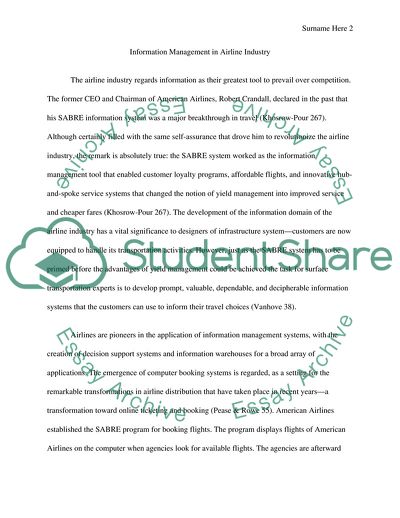Cite this document
(Information Management Systems: Making the Airline Industry Competitive Essay Example | Topics and Well Written Essays - 1250 words, n.d.)
Information Management Systems: Making the Airline Industry Competitive Essay Example | Topics and Well Written Essays - 1250 words. https://studentshare.org/information-technology/1802477-information-management-in-airline-industry
Information Management Systems: Making the Airline Industry Competitive Essay Example | Topics and Well Written Essays - 1250 words. https://studentshare.org/information-technology/1802477-information-management-in-airline-industry
(Information Management Systems: Making the Airline Industry Competitive Essay Example | Topics and Well Written Essays - 1250 Words)
Information Management Systems: Making the Airline Industry Competitive Essay Example | Topics and Well Written Essays - 1250 Words. https://studentshare.org/information-technology/1802477-information-management-in-airline-industry.
Information Management Systems: Making the Airline Industry Competitive Essay Example | Topics and Well Written Essays - 1250 Words. https://studentshare.org/information-technology/1802477-information-management-in-airline-industry.
“Information Management Systems: Making the Airline Industry Competitive Essay Example | Topics and Well Written Essays - 1250 Words”. https://studentshare.org/information-technology/1802477-information-management-in-airline-industry.


